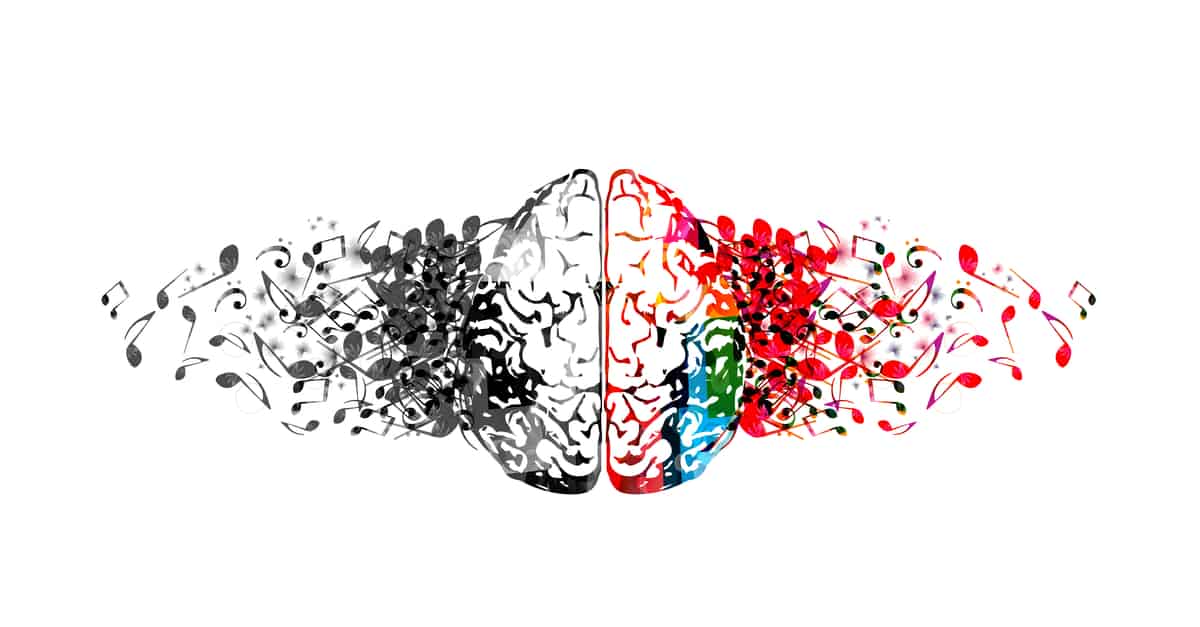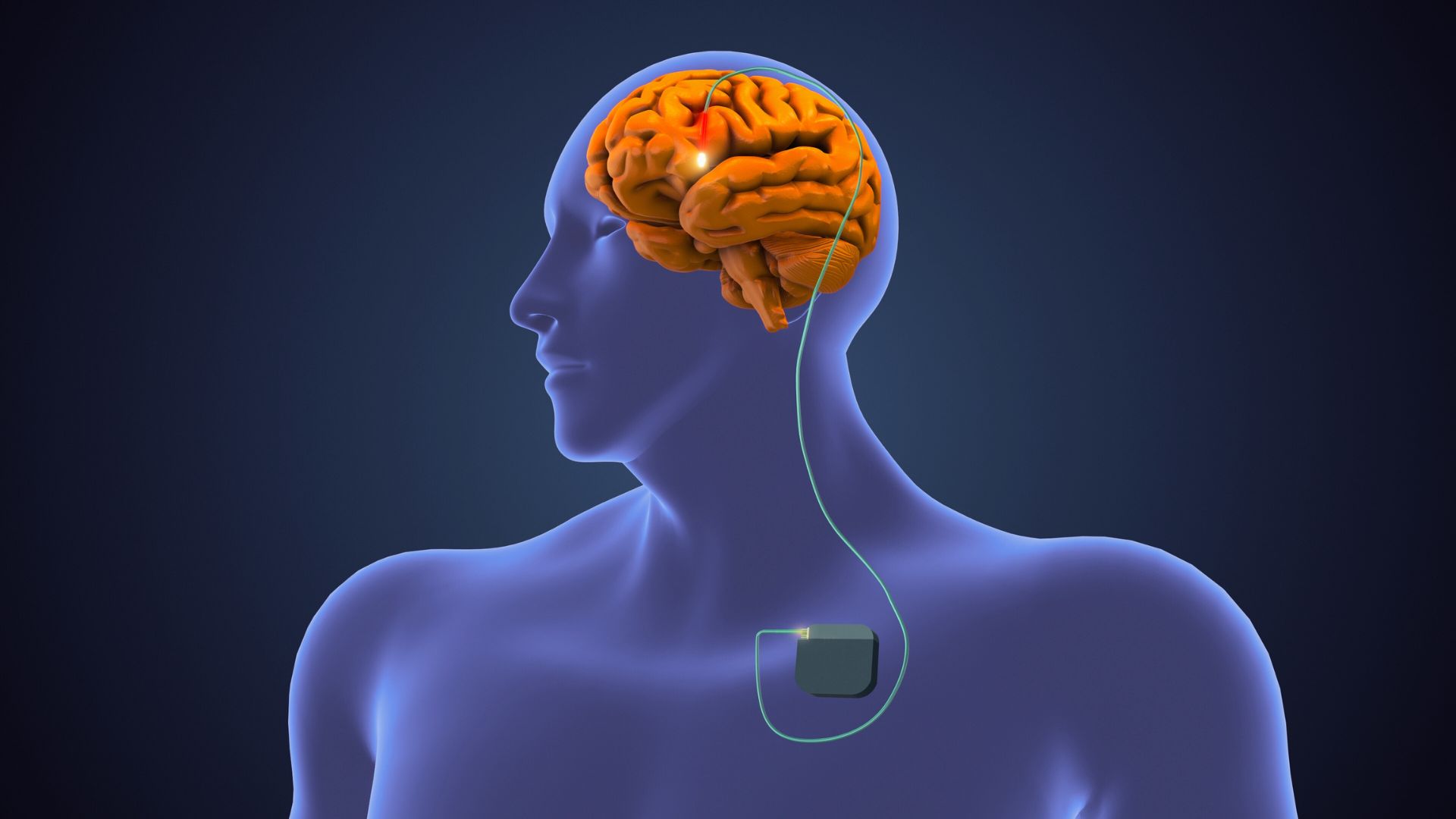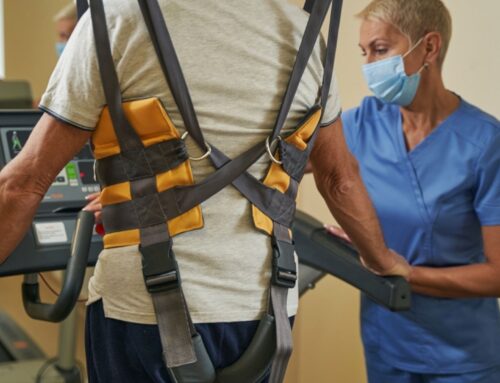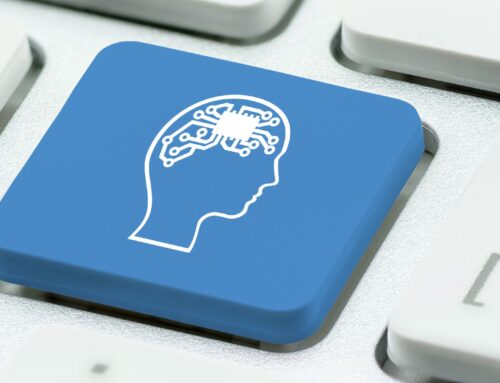During the month of March, we would like to take the opportunity to spread awareness of the breadth and benefits of music therapy. Music therapy is an increasingly accessible form of therapy that provides holistic treatment for a variety neurological rehabilitation goals.
Neurological Music Therapy (NMT) techniques are effective with a range of populations such as Parkinson’s disease, traumatic brain injuries, stroke and more. Some clients may benefit from receiving NMT treatment alongside their existing rehab therapies.
Although you may be hearing about NMT for the first time, research and clinical studies supporting the effects of using music clinically in rehabilitation have been developed and replicated for over thirty years. As our understanding of how our brains process music advances, so too does our ability to use it to retrain and recover functional abilities lost to injury or disease [3].
We are very fortunate to have neurological music therapist and PhD candidate Anna Karpazis with us at our Etobicoke clinic for the next several weeks as she embarks on her Doctoral thesis.
Anna’s NMT techniques target sensorimotor, speech, language, and cognitive training. Working closely with the treating therapist, Anna will use NMT techniques to potentially improve motor movements that may benefit from the use of music. Examples of this include using rhythm to improve the smoothness of walking and gait, or how playing an instrument can improve dexterity and fine motor skills.
To celebrate Music Therapy Awareness Month, Propel Physiotherapy is please to offer our clients the opportunity to see how music and rhythm are used to prime the brain and body for movement by offering Neurological Music Therapy as a complimentary service throughout the month of March.
Neurologic Music Therapists
Neurologic music therapists, like Anna Karpazis are Certified Music Therapists (MTA) who have taken additional training in an evidenced-based treatment model that uses the neuroscience of music perception (sound and how we hear it), music production (sounds we make), and music cognition (how we process what we hear) to treat the brain [2].
NMT uses standardized, research-based techniques to work towards a variety of non-musical goals such as training motor control, attention, and speech. Each therapeutic exercise has been developed to use the different elements of music to enhance other functional abilities.
Neurologic Rehab: Clinical Example of Music Therapy
One of the most powerful and well-documented elements of music on non-music functions is rhythm. Rhythmic Auditory Stimulation (RAS) and Rhythmic Speech Cuing (RSC) are two NMT techniques that demonstrate how deeply rhythm impacts our neural and motor processing.
In RAS, rhythm is used to entrain and prime our bodies for movement during gait. An NMT assesses a client whose gait is unsteady, irregular or otherwise compromised. Using a metronome to create a constant rhythmic beat, our motor system instinctively couples with the auditory stimulus – in the same way you might find yourself suddenly walking in unison with the footsteps of your friend – and this unconscious entrainment will continue to drive each footstep.
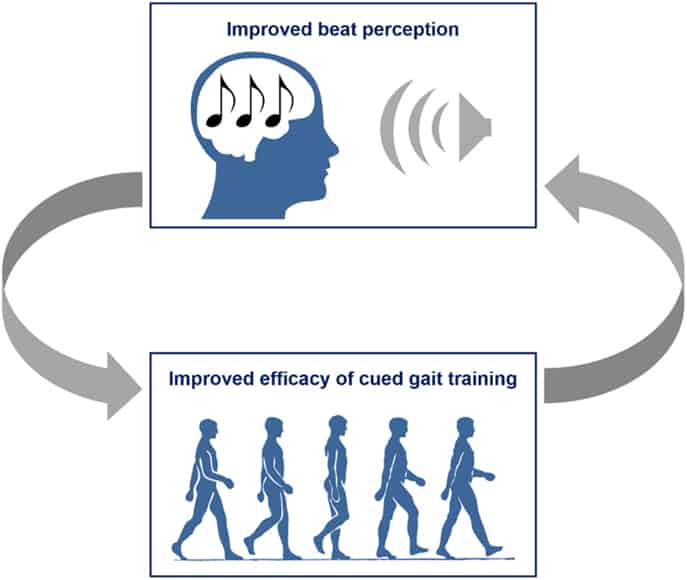
Rhythm targets and recruits our motor neurons and helps guide them by providing a timeframe for them complete each action within [4]. An NMT can use this reaction to help correct and regulate cadence and aspects of disordered gait. RSC targets similar neuro processes to help us prime and control speech production.
Retrain and Recover Lost Functional Abilities
In Canada, music therapy is a regulated and growing discipline of professionals who use the elements of music to work towards goals of development, health and well being within a therapeutic relationship [1].
What makes music therapy so unique is its ability to address multiple functional areas of the brain at once. In short, music therapy is a holistic and versatile form of therapy that moves beyond words and taps into something inherent in all of us; music and rhythm.
If you have questions about how music therapy might benefit you or someone you know, contact us to set up free phone consultation or speak to your treating therapist.
Alternatively, you can visit the Academy of Neurologic Music Therapy, the Canadian Music Therapy Association or the Music Therapy Association of Ontario websites to find a music therapist near you.
References:
[1] About Music Therapy (2019, February 24). Canadian Association of Music Therapists. Retrieved from https://www.musictherapy.ca/about-camt-music-therapy/about-music-therapy/
[2] Neurologic Music Therapy (2019, February 24). Neurologic Music Therapy Services of Arizona. Retrieved from https://www.nmtsa.org/what-is-nmt
[3] Thaut, M. H, Hoemberg, V. (2014). Oxford Handbook of Neurologic Music Therapy. Oxford: Oxford University Press.
[4] Thaut, M. H, Hoemberg, V. (2014). Oxford Handbook of Neurologic Music Therapy. Oxford: Oxford University Press.
Photo Credit:
Effects of Auditory Rhythm and Music on Gait Disturbances in Parkinson’s Disease https://www.frontiersin.org/
FOLLOW US!
OUR SERVICES
CLASSES
[fusion_events cat_slug=”balance,yoga” past_events=”no” number_posts=”2″ columns=”1″ column_spacing=”” picture_size=”cover” padding_top=”” padding_right=”” padding_bottom=”” padding_left=”” content_length=”” excerpt_length=”” strip_html=”” pagination=”no” hide_on_mobile=”small-visibility,medium-visibility,large-visibility” class=”” id=”” /]

